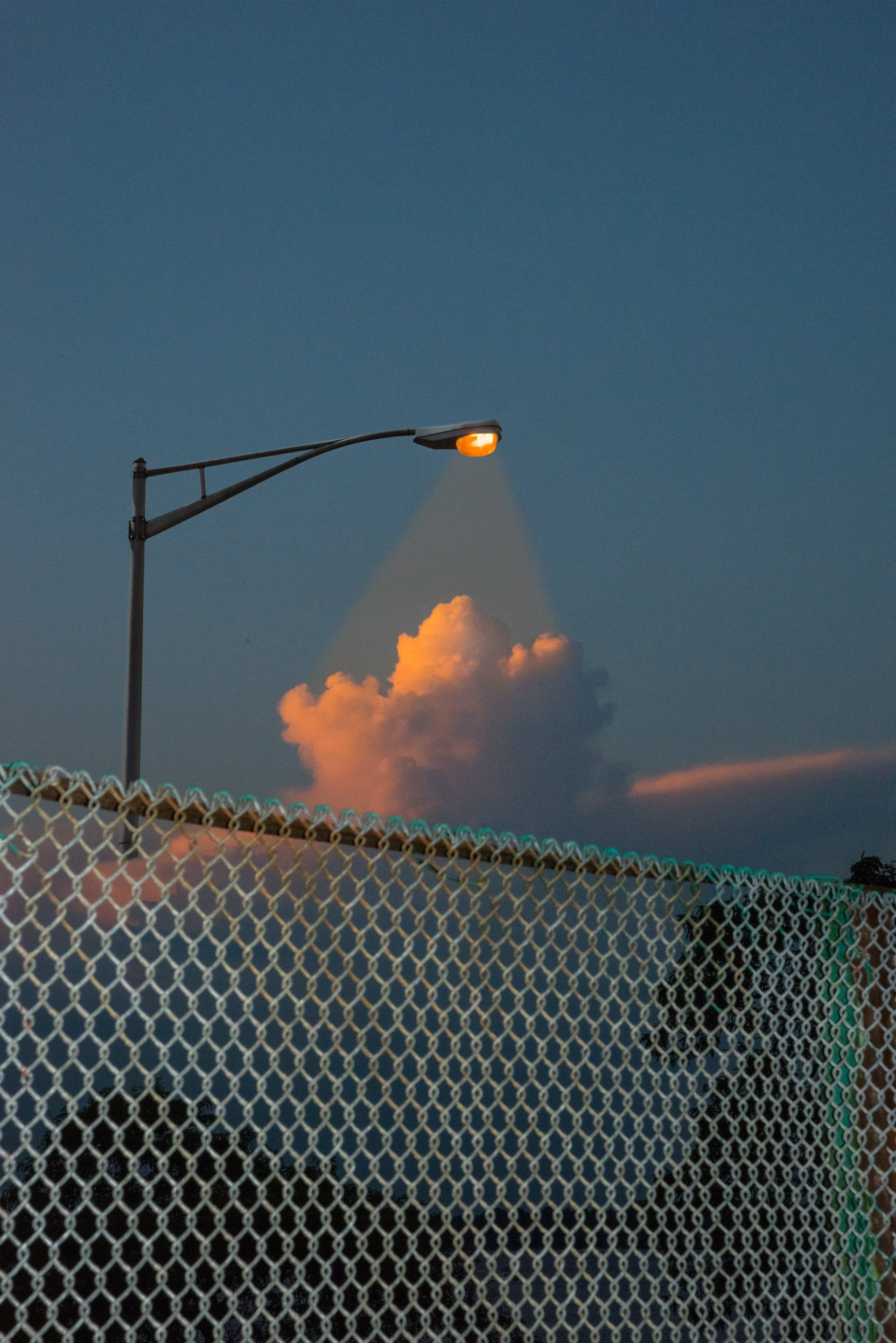David Walker
The solution lies in enabling access for people.
Also on the Granta Park is a building called Portway.Initially built as a large office complex for one company, we have been working on dividing it up to house nine separate clients.

This has complex implications for mechanical and electrical services.For obvious technical reasons, each client cannot be serviced separately, so each one has to be monitored separately for energy, airflow and water usage..The existing plant was 20 years old, and at the end of its useful life.

But you can’t simply replace an old plant with a new one – mechanical and electrical engineering machines are so much more advanced and efficient now so some take up less space, but others are larger due to the need to reduce energy (for example, air-handling units).We have taken the opportunity to reconfigure the building to some extent.

But in the case of the air handling units, the building was more or less built around them so it was difficult and financially unviable to remove them.
So we have taken a mixed replace and refurbish approach to the plant machinery..Working with users to categorise the laboratory processes into these distinct functional spaces enables us to generate flow diagrams for the process..
Lab design layout: identifying the flows.As with any project, many stakeholders see a lab design layout as the primary early deliverable to determine that progress is being made on the project.
It’s important to make it clear to the client team as well as the laboratory design team that the information needed to form the lab design layout is the priority.. Once we have determined the functional spaces within the lab, for example materials, people, and waste, we can arrange them into flow diagrams to create adjacencies between the different spaces of the lab, allowing us to create a rudimentary layout.The aim is to reduce movement between the spaces to make the laboratory design layout more efficient.. We can then classify the client equipment to fit into each of these functional spaces and undertake the same exercise at a smaller scale to determine the adjacencies between the laboratory equipment..




